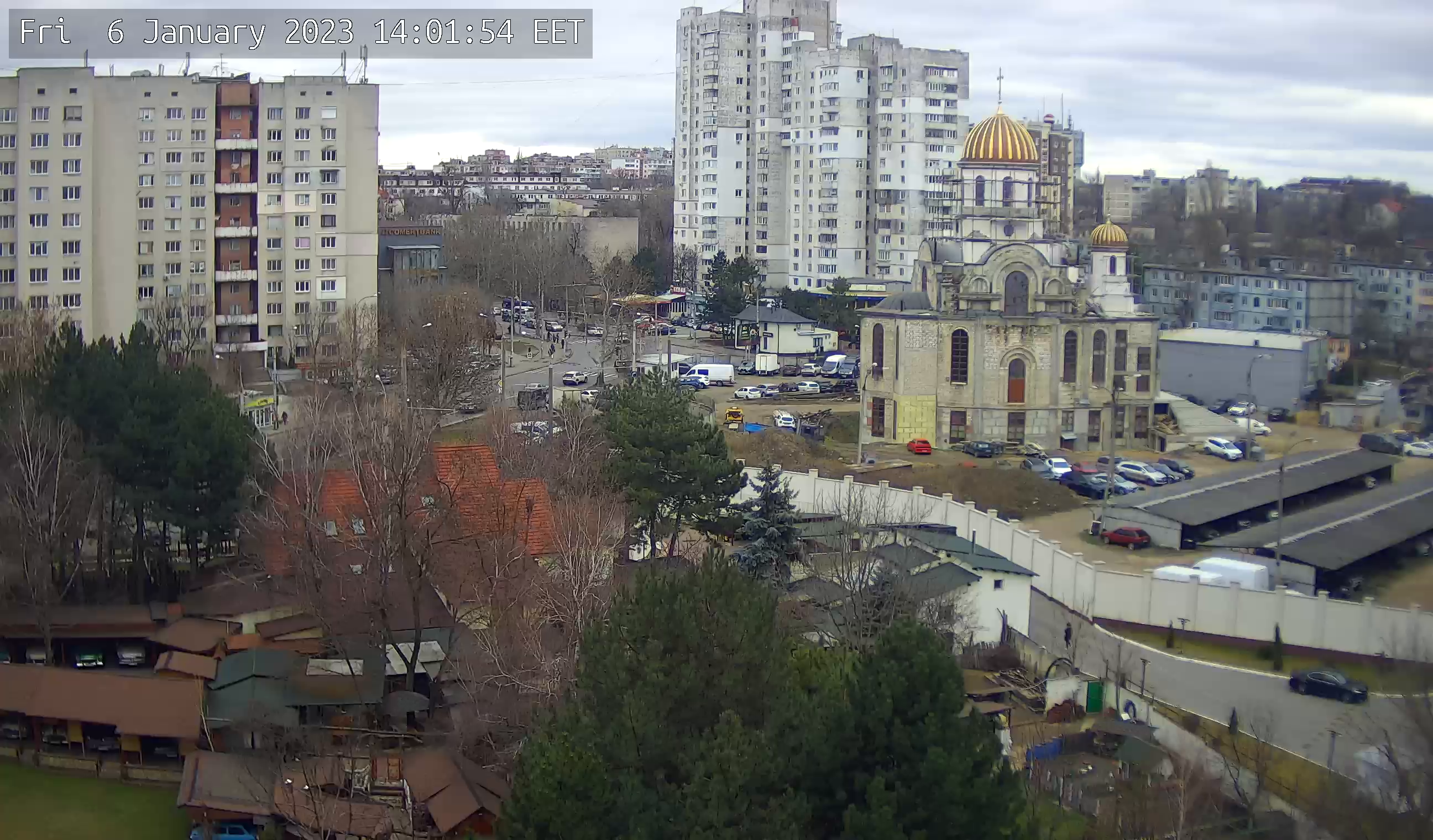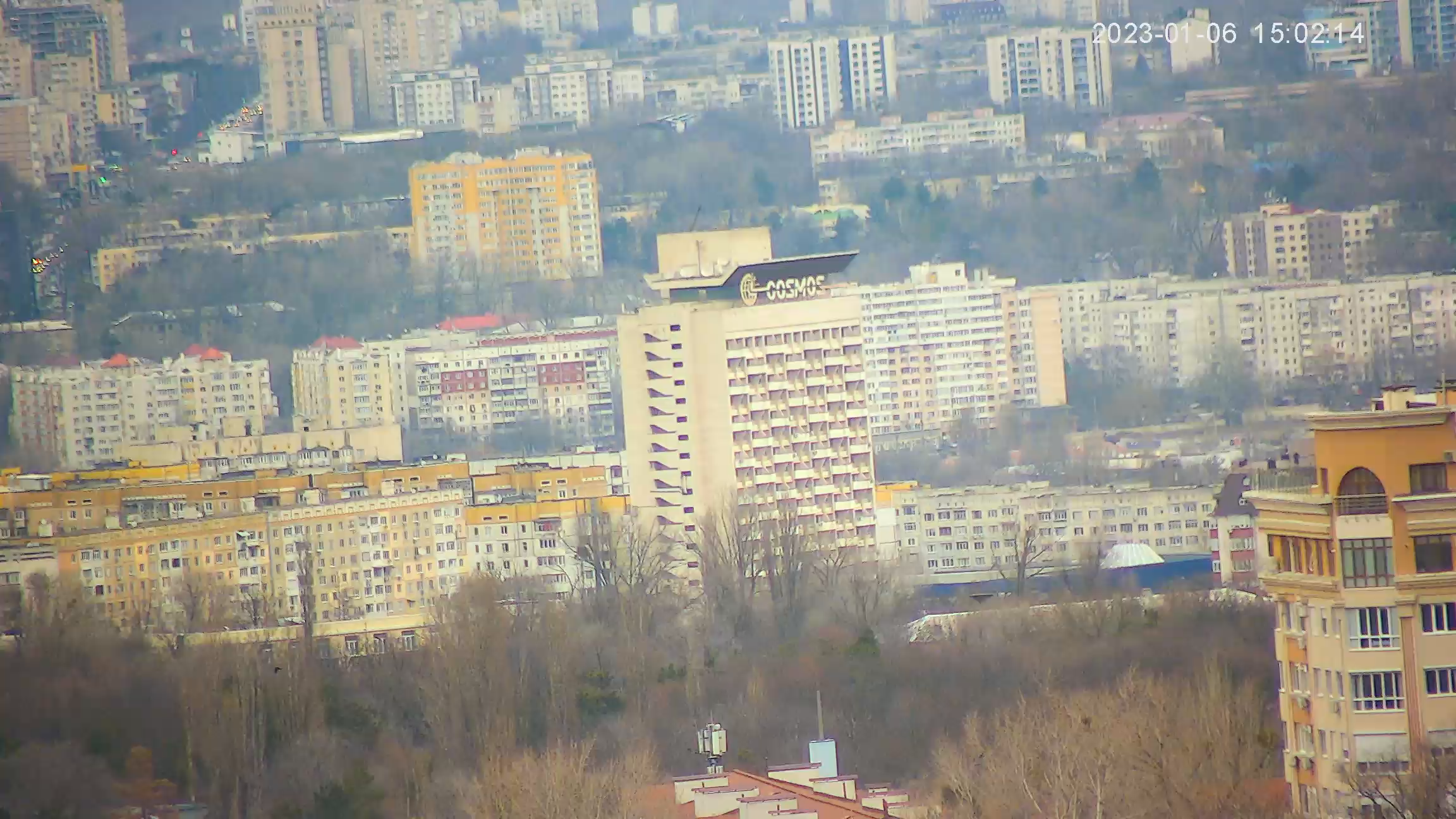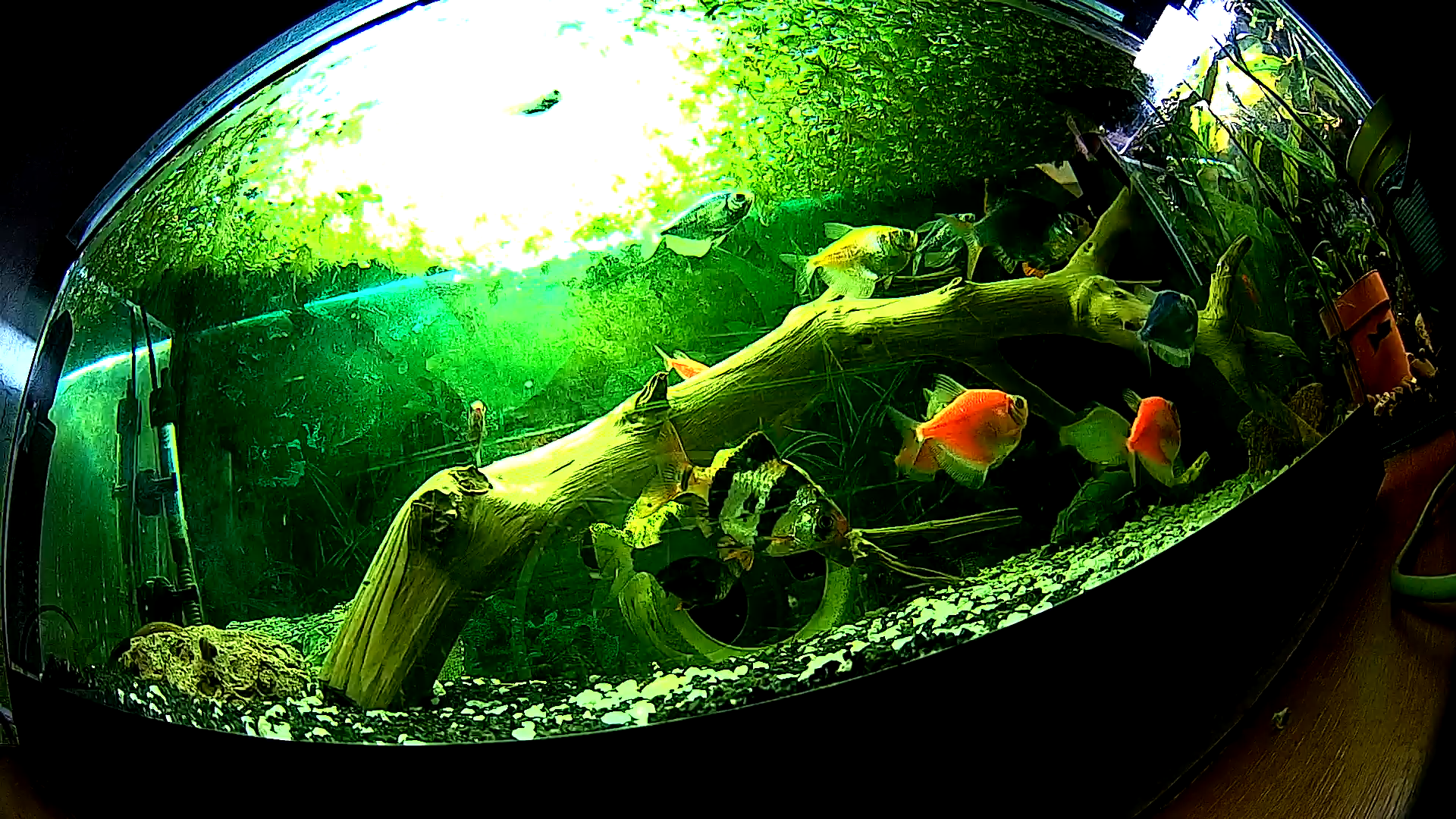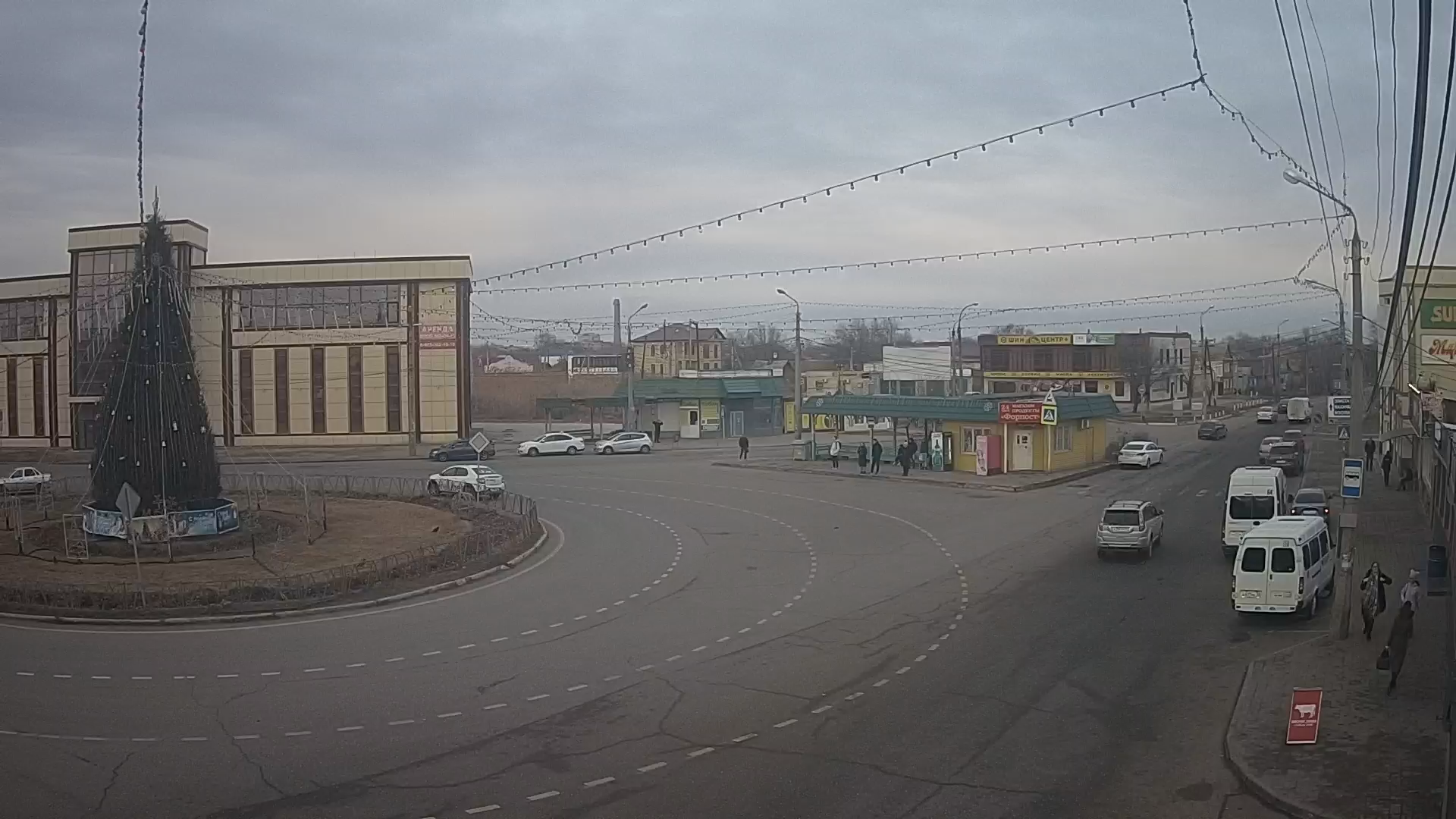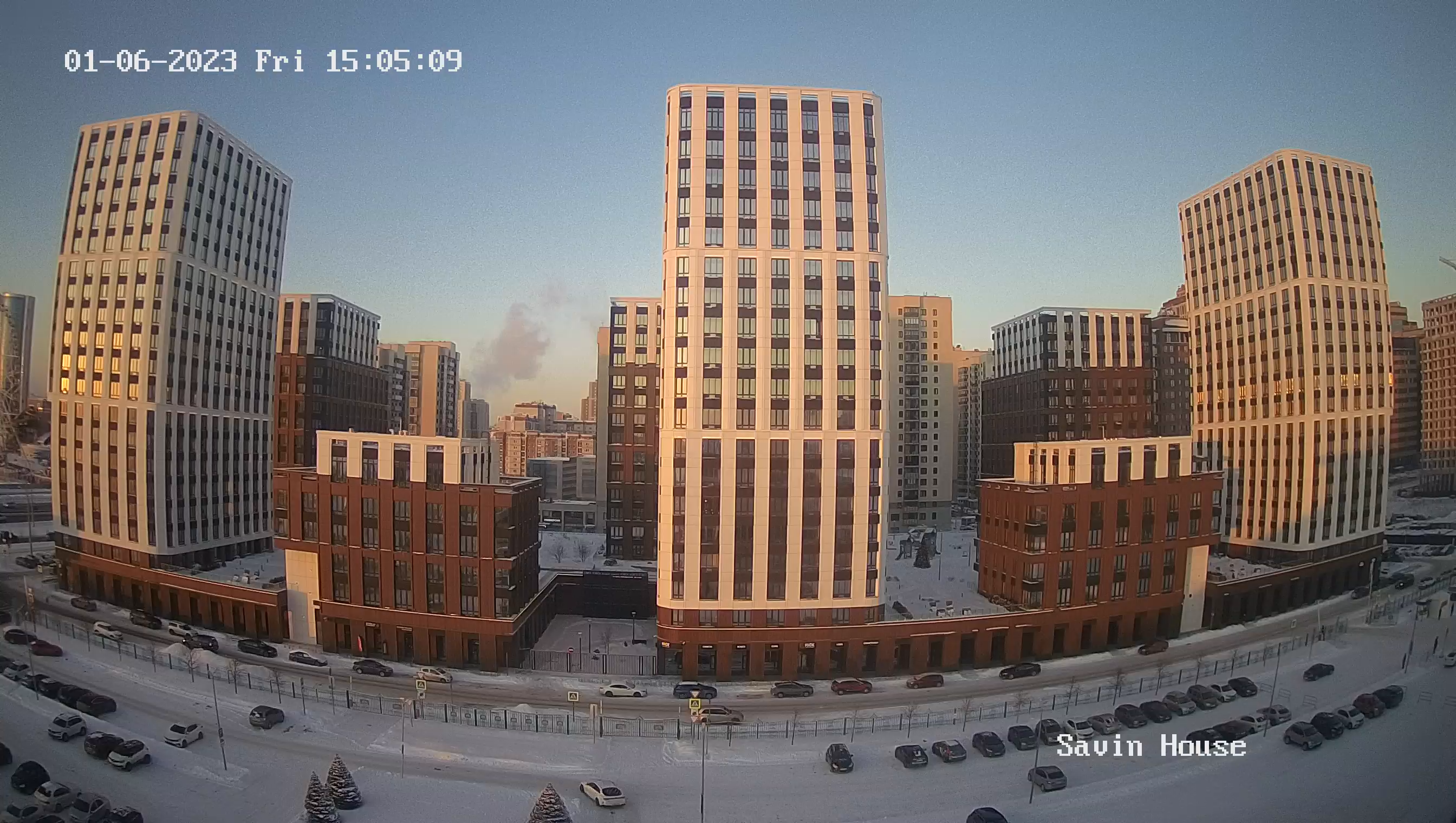Webcam Chorzow. Market Square / Chorzow
Chorzów is a town in the heart of the Upper Silesian coal basin and urban agglomeration. Today's Chorzów was formed in 1934-39 by the merger of four neighboring towns: Chorzów, Krulewska Guta, Wielke Hajduki and Nowe Hajduki.
The exact date of the founding of Chorzów is unknown, as is the origin of the name. The locality called Zwiersow is mentioned in 1136 in a document of Pope Innocent II, as a village where silver was mined. At first it belonged to the Krakow Voivodeship, then to the Principality of Opole. From the 14th century the town was in the sphere of interest of the Czech rulers, and in the 16th century it belonged to the Habsburgs. As a result of the Silesian War, Chorzów fell to Prussia (1742). The German government establishes the mining industry. In addition to silver mining, coal deposits and iron ore deposits are developed. Chorzów became one of the cornerstones of Prussia's industrial strength. The Royal Ironworks has long been an indicator of technological and industrial progress in Europe.
Other parts of modern Chorzów arose in the 18th and 19th centuries as workers' settlements of metallurgists and miners. In 1922-39 Chorzów was part of independent Poland. It was then occupied by Nazi troops for nearly 6 years. Since 1945, Chorzów is again in Poland.
Industrial Chorzów is not rich in architectural monuments. However, it offers excellent conditions for recreation. It is no coincidence that Chorzów was on the Polish side's list of Euro 2012 candidates. Once there is the largest stadium in Poland - "Silesian".
It was also the venue of the European Speedway championships. Chorzów is very environmentally conscious, so there are many parks and recreational areas. Thus, the Śląski Central Park takes up more than a quarter of the city, there are two protected landscape areas: "Żabiem Doly" and the "Buszczyna" tract. Also in Chorzów there are zoological garden, rose garden, water complex "Amelung", Upper Silesian ethnographic park, observatory and planetarium.
Also stand out buildings of the theater, the church of St. Barbara (1859) and St. Lawrence (1935).

